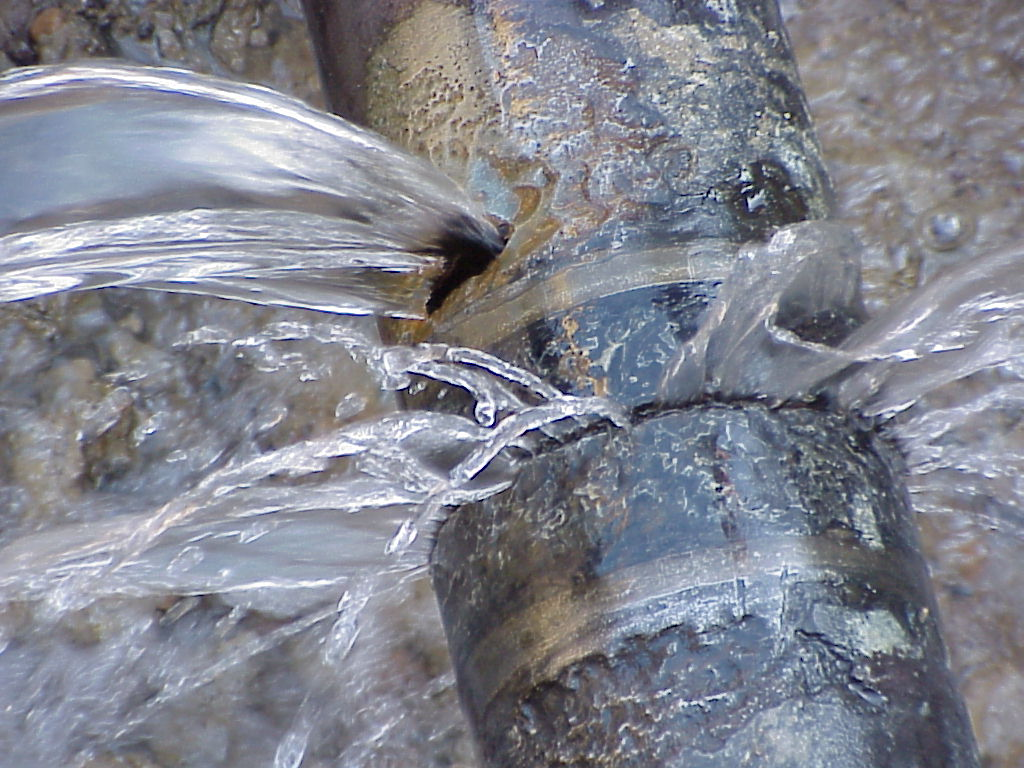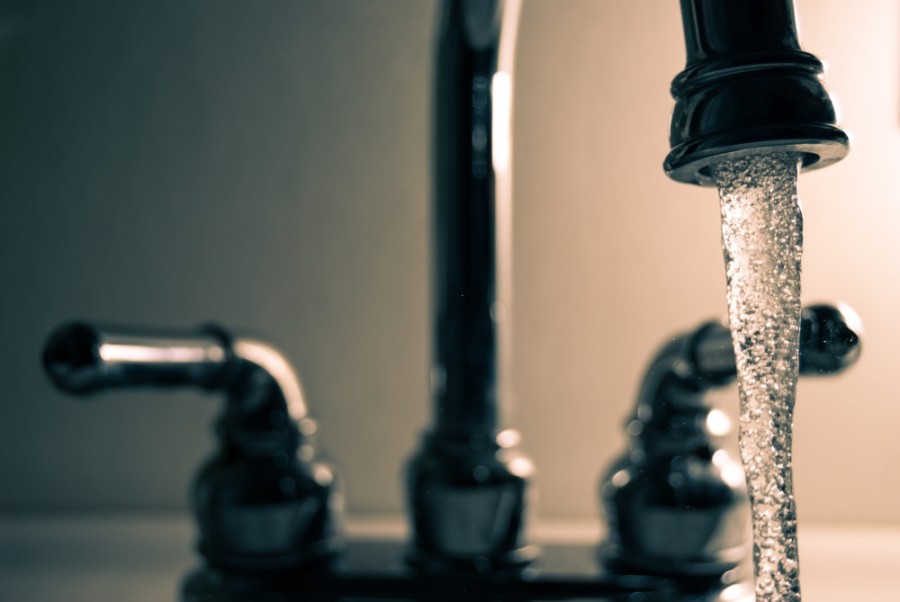The content down below involving Do s And Don ts In Case Of Water Damage is incredibly motivating. Check it out for yourself and figure out what you think about it.

What should you do if a water pipe bursts in your home? The longer you wait, the more extreme the damage that can take place to your home. For these factors, you need to find out how to act in the event of a burst water pipeline.
Shut Off the Key Waterline Valve
The first thing to do? Close the shut-off valve. Seek the local shut-off valve to switch off the water in one specific location only. If you do not know where the local shut-off shutoff is, go for the main water line valve and also turn it off. This action will certainly remove the water right away in your entire house. Usually, the major shutoff is discovered outside the home next to the water meter. If it's not there, you can likewise locate it in two locations: in the cellar at eye degree or the first floor on the ground. Typically, contractors put the shut-off shutoff generally ground level washroom or appropriate alongside it.
Call Water Damages Restoration Pros for Aid
After shutting the water resource, call the experts for help. With their professional aid, you can prevent much bigger water damage including warped baseboards, loose tiles, or harmed structures.
Record the Damage For Insurance
While you're waiting on the pros to arrive, obtain some documentation of the damage triggered by the wayward pipeline. Take photos and video clips of everything. Do close-up shots of the damaged prized possessions as well as areas. Your paperwork will function as evidence for your house owner's insurance policy. Keeping positive with this circumstance helps you to sue for protection, which will further sustain you and also your family members to come back on your feet.
Restore Things That Can Be Saved
Analyze the damaged things as well as take out the most vital ones from the stack when you're done taking images. Dry them off in a dry/warm location away from the damaged location and try to protect them as much as you can. Drag as much dampness as you can to the product so it can begin to dry.
Start the Drying Process
You require to begin the drying out process immediately. The good news is, the water from your waterlines is currently tidy so you don't have to fret about sewage system water. The moving water might have interrupted the dirt and debris in your carpetings as well as floorboards. In this instance, put some gloves on and also start some troubleshooting. Usage pails to dump out the water. Blot out as much water as you can from the surfaces with old towels. Turn on an electrical fan or open your home windows to promote air circulation. These actions will accelerate to completely dry and prevent mold and mildew as well as mold development.
Professionals are the only people certified to examine correctly and also take care of the burs pipelines as well as subsequent damage. As constantly, pipes don't simply all of a sudden break out of the blue. They usually offer silent warnings like bubbling paint, water stains. Weird noises in the plumbing, caving ceiling, moldy odor, or peeling off wallpaper. Remember of these indicators as well as do some safety nets so you can nip any type of problems in the bud.
What should you do if a water pipe bursts in your home? For these factors, you require to learn just how to act in the occasion of a burst water pipe. After closing the water resource, call the experts for assistance. With their specialist assistance, you can protect against a lot larger water damage consisting of warped baseboards, loosened ceramic tiles, or damaged structures. Luckily, the water from your waterlines is already tidy so you don't have to stress regarding sewage system water.
Steps to Deal with a Burst Pipe and a Flooded House
Disconnect your electrical
To prevent electrocution, make sure the electrical systems in your home are turned off. Do not wade into standing water with the power on. If water is blocking your path to your breaker box, look for a main shutoff on the exterior of your home or call an electrician.
Stop the source of the flooding
If your flooding is caused by a burst pipe or valve rather than an act of nature, it should be fairly easy to stop at its source. Just turn off the main water shutoff valve. Some homes have a valve located near where the main water line enters your home, while other homes have a valve attached or adjacent to a water meter, which is sometimes buried near the street.
Call your insurance company
Your water damage will most likely be covered under your homeowners insurance policy. The first step to start the claims process is to call your insurer to let them know about the situation. To make sure that your claim is successful, ask your insurer whether a claims adjuster needs to visit your home to document the damage before you begin the cleanup and repair process, or if your photos of the damage will suffice.
Document everything
No matter what your insurer says, it's always a good idea to carefully document all the water damage to your home to assist with your insurance claim. Simply take photos and videos with your phone and make note of everything the water touched, including your possessions and the structure of your home itself.
Remove standing water
If the water is primarily in your basement, and you have a floor drain, you may be able to use a squeegee mounted on a handle (pick one up at any hardware store) to push water to the drain, or use a mop and bucket. With most of the standing water removed, use a wet-dry vac (make sure to remove the filter for dry vacuuming) to start removing water from harder-to-reach areas.
Start drying out your home yourself
While you are waiting for your contractor to get started, you can begin the process of drying out your home by following these steps: a) open your windows to let moist air escape; b) start as many dehumidifiers as possible; c) cycle your HVAC system between heating (to 80 degrees) and cooling (to 60 degrees), which pulls moisture into the air and then removes it. You can rent industrial-size blowers and dehumidifiers to speed up the drying process.
Prevent mold and mildew caused by water damage
The damage to your home and property is only half the battle. If not properly dealt with, water damage can have farther-reaching effects on your home and health in the form of toxic mold and mildew. In fact, these secondary effects are often worse than the initial property damage, so it's important to take them seriously and dry out the affected areas as quickly as possible. If a surface can't be dried quickly, it should be removed and discarded. If you are working with a water damage cleanup company, they will have the proper equipment to dry out your home. If you are cleaning up the water damage yourself, be sure to educate yourself on how to remove and repair wet drywall and insulation, as well as flooring.
https://www.crddesignbuild.com/blog/10-steps-to-deal-with-a-burst-pipe-and-a-flooded-house

I'm just very focused on Water Damage: Tips On What To Do When Your House Is Flooded and I am hoping you enjoyed my piece. I beg you take a moment to distribute this blog if you liked it. Thank-you for taking the time to read it.
Visit